It’s Bonfire Night tomorrow, a popular date in the busy autumn calendar which cheers us through the ever-darkening days up to Christmas.
A trawl through the DC Thomson archive reveals how Aberdeen families celebrated the occasion in recent decades — were you there?
As with so many ancient traditions, what for more than four centuries commemorated the failure of a plot to blow up Parliament, has now become simply Bonfire Night, when for no apparent reason, bonfires are built all over the country, fireworks go off and people spend fortunes on sparklers, hotdogs and sweets.
It joins traditions like Halloween and Christmas where the true meaning has become obscured by the mists of time and the drive to commercialise the festivities.
But up until two decades or so ago, November 5 was Guy Fawkes Night.
Now the renegade who tried unsuccessfully to blow up the Houses of Parliament in 1605 isn’t even remembered with a proper ‘guy’ atop the bonfire – much of the time these days it can be an effigy of anyone who’s unpopular at the time.
‘A penny for the guy’ was an excuse for youngsters to accost grown-ups for money for sweets.
Guido Fawkes instigated the Gunpowder Plot with a group of other English Catholics who wanted to restore a Catholic monarch to the throne occupied by James VI of Scotland/I of England.
Fawkes was a Catholic convert, and fought for Spain against Protestant Dutch reformers in the Low Countries.
With like-minded Thomas Winter and Robert Catesby, he leased a cellar below the House of Lords and packed it with gunpowder.
But after a tip-off, the plot fell apart, and Fawkes was captured guarding the explosives.
Under torture, he confessed and was sentenced to be hung drawn and quartered.
He actually avoided this by falling from the scaffold immediately before he was due to be hanged, breaking his neck.
That was perhaps the only successful part of the episode, the failure of the Gunpowder Plot having been celebrated for four centuries since.
One family, in particular, continues to celebrate the failure of their ancestor with good humour – here’s Guy Horton-Fawkes happily watching a dummy of his notorious ancestor go up in flames.
Bonfire Night is a lot about community too.
Aberdeen communities celebrating Bonfire Night
Bonfires must be built, and not small ones. Some villages spend weeks collecting pallets and other fuel beforehand.
Things don’t always go according to plan.
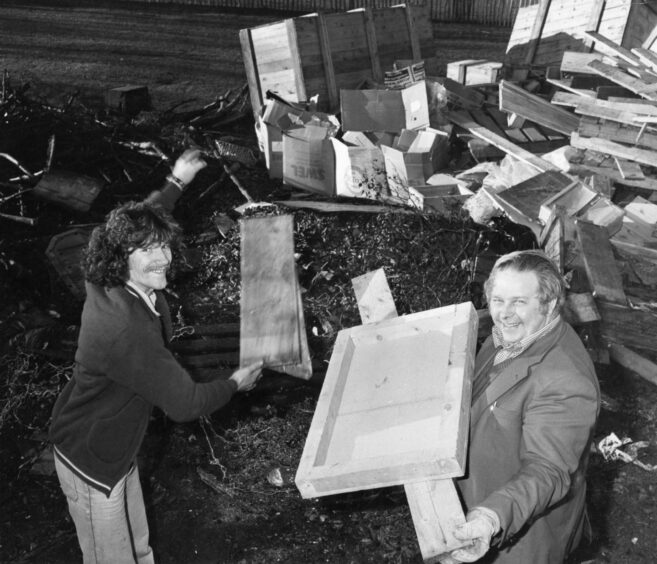
In 1978, Good Samaritans George McGill, right, and Mike Reid, employees of Plessey EAE Ltd, Dyce, made up a new bonfire for the Dyce children after reading in the P&J of how the original one was set alight by vandals.
The original bonfire was organised by Dyce Development and Amenities Association.
“We read about the kids’ disappointment in The Press and Journal and thought we would help out,” Mr McGill said.
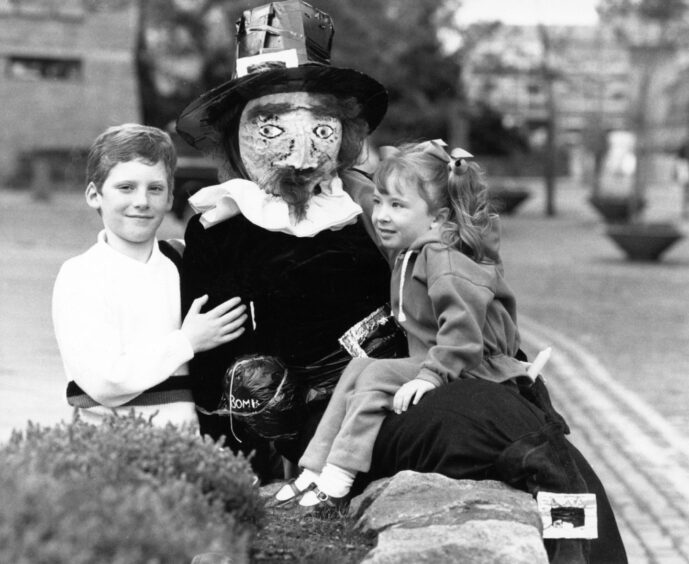
In 1990, Andrew McDonald, 8, and his sister, Suzanne, 4, of Rosehill won Aberdeen City District Council’s Guy competition on Saturday at the Aberdeen Arts Centre.
The competition was open to youngsters to build a guy for use on the council’s bonfire night.
Sparklers
No bonfire night would be complete without sparklers and the eternal caution from grown-ups: “Careful, you’ll have someone’s eye out with that!”
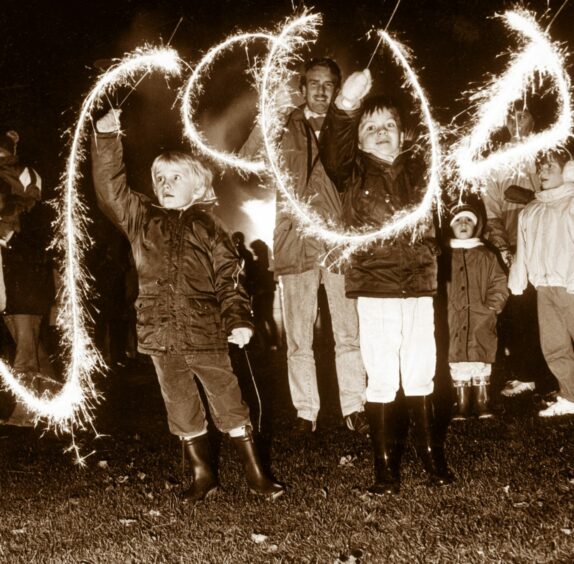
Here eight-year-old Daniel Riddell, of Sheddocksley, Aberdeen, his dad Martin and Daniel’s friend six-year-old Alan Ferguson are seen having fun at the Springhill bonfire in 1987.
The sparklers of today came from Germany in the 1850s, involving wire coated in iron and gunpowder.
Fortunately, this has since been engineered over the years into a less volatile and more user-friendly version.
You might also enjoy:
15 photos showcasing the Gadle Braes Bonfire 2021 in Peterhead
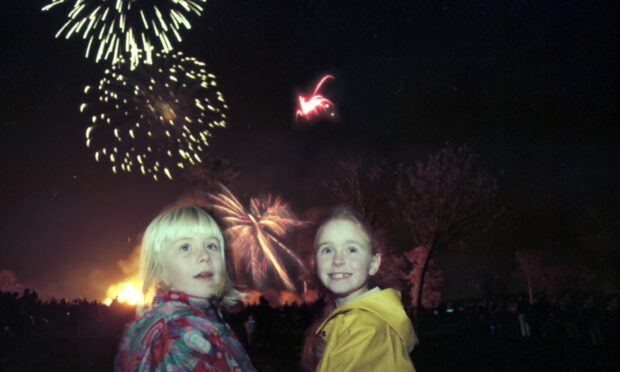
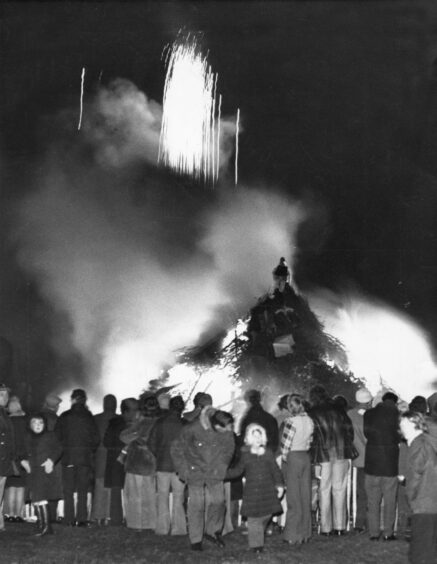
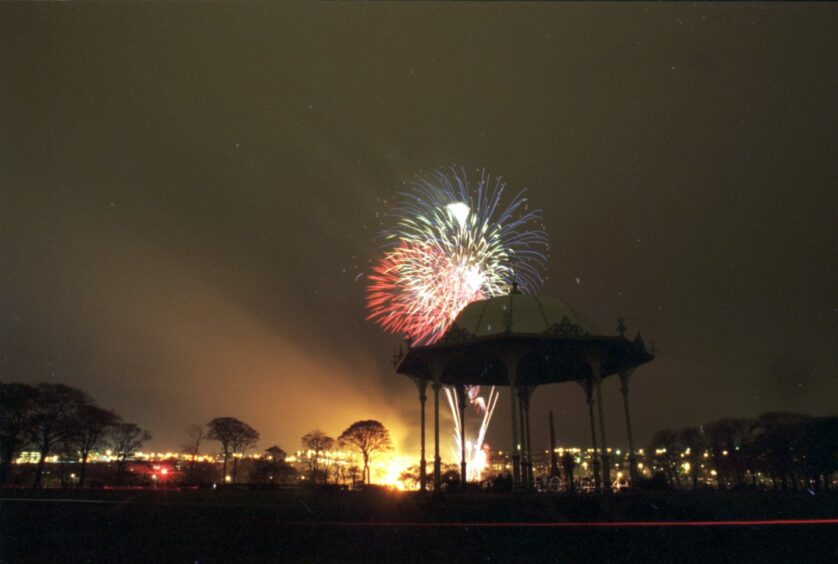
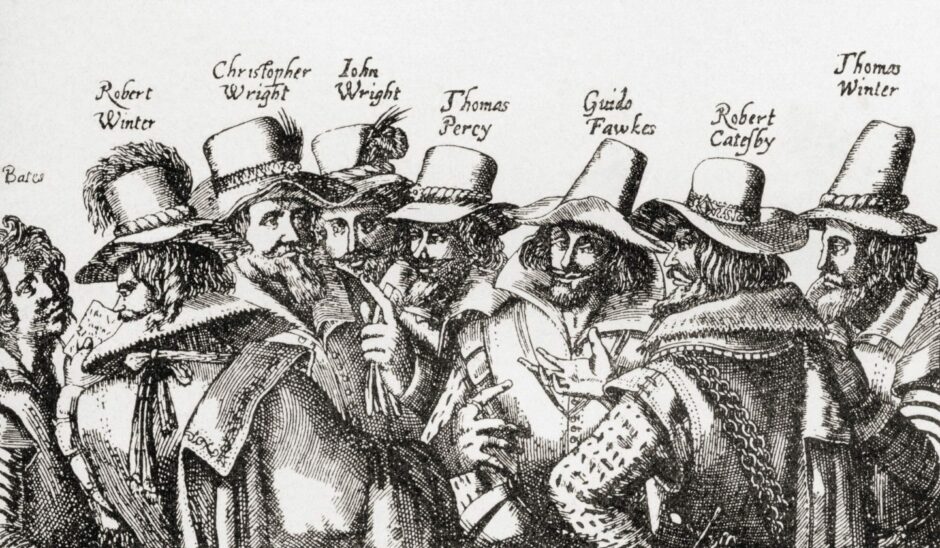
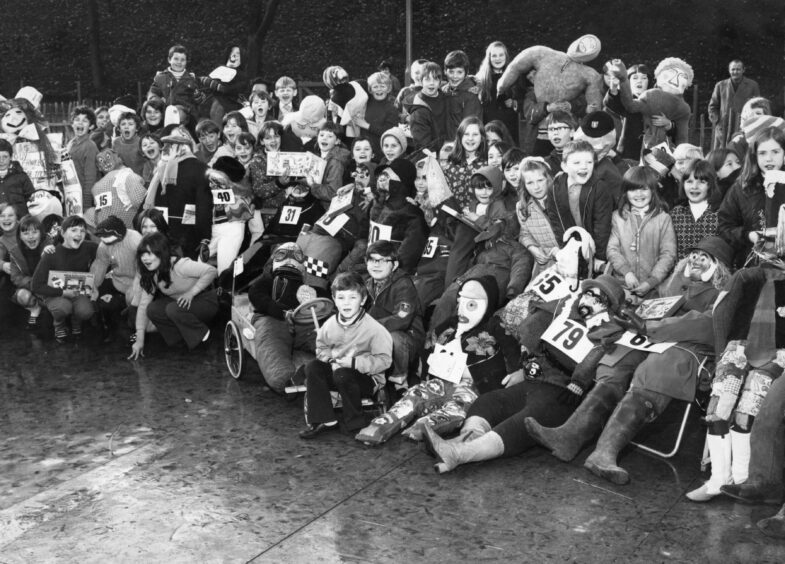
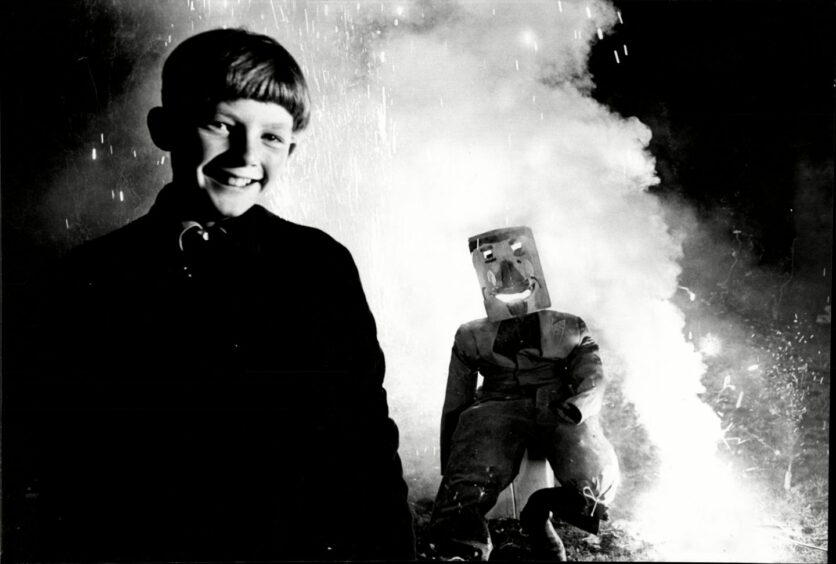
Conversation